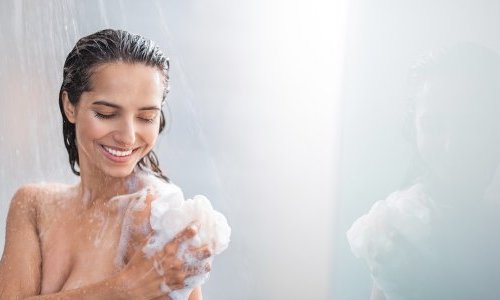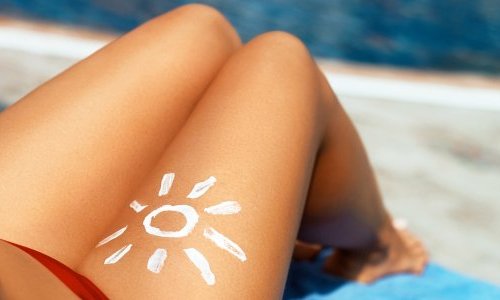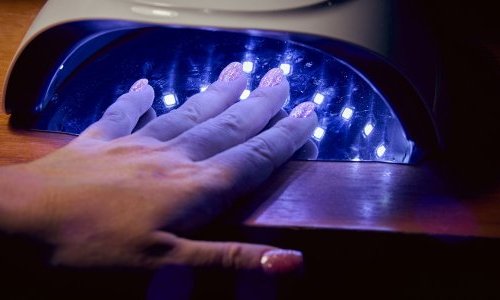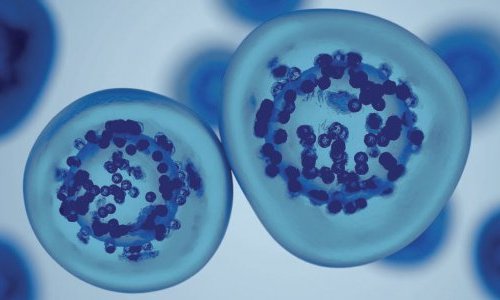Here is the health alert of the week. Blood and urine tests performed on a sample of 20 teen girls aged 14-19, revealed the presence in their bodies of 16 chemicals from 4 chemical families: phthalates, triclosan, parabens, and musks. The young women participating in this study were recruited from locations across the U.S. and represent diverse ethnic and cultural backgrounds, but they used an average of nearly 17 personal care products per day.
Hormone mimetics
According to the Environmental Working Group (EWG), a California-based non-profit action group, many of the chemical compounds find in the girls’ bodies are linked to health risks in laboratory animals, even at low-dose levels. Synthetic chemical musks, for instance, that are common fragrance ingredients, act like estrogens in the body, so do parabens, which are commonly used preservatives.
“Hormone-altering chemicals shouldn’t be in cosmetics, especially in products used by millions of teenage girls,” said Rebecca Sutton, Ph.D, author of the report [1] and Staff Scientist at EWG. “Their bodies are still developing and may be especially vulnerable to risks from these exposures,” added Sutton.
Cosmetics safety substantiated
Responding to the study, the Personal Care Products Council (PCPC), released a statement reaffirming that the safety and health of consumers of all ages is the very highest priority of personal care products companies.
“[Cosmetics] companies are required by law to substantiate the safety of all products and ingredients before they are marketed, and the safety assessments that are performed take into account that products may be used over the course of a lifetime,” Kathleen Dezio, spokeswoman for the PCPC said. “EWG has chosen to publish data that support its agenda rather than providing a full picture of the body of scientific research on these issues. There are hundreds of scientific studies that have evaluated the health impact of these ingredients,” Dezio added.
Multiplication of attacks
This latest polemic over the safety of certain ingredients commonly used in cosmetic products may eventually force manufacturers, as well as lawmakers, to adapt their respective agenda.
The multiplication of attacks from public interest groups clearly impacts consumers’ behaviour. Attacks also led themain trade associations to create dedicated online resources. Through their respective websites, cosmeticsinfo.com for the PCPC, thefactsabout.co.uk, for the CTPA, and parlonscosmetiques.com, for the French FEBEA, they try to provide worried consumers with factual data and to explain cosmetology bases, ingredients, safety and regulatory requirements.
In Europe, most of the recent attacks were linked to the political and legislative debate over the new chemicals law, the so-called REACH. Greenpeace’s Cosmetox report, or WWF’s Detox campaign, were both aimed at obtaining stringent regulations from European regulators. Similarly, there is a temptation among US action groups campaigning for an increased control over chemicals to use cosmetics as an efficient way to pressure legislators and the industry. Because use they are part of our daily routine, but may seem less useful than mobile phones, for instance, cosmetics are easy targets.
Edible cosmetics
The consequence of this succession of warning messages over cosmetics for babies, perfumed products, moisturizers, or others, is a general reluctance in the public about everything named “chemical” and a strong feeling that natural substances are “obviously” safer that man-made ones. Subsequently, the market share of natural and organic cosmetics is skyrocketing.
Latest trend. Considering that a large part of what we put on our skin gets absorb into the body, certain opinion leaders are now encouraging consumers to prepare their own fresh moisturizing creams using the ingredients available in … their fridge. Are edible cosmetics the way forward for the cosmetics industry?




























